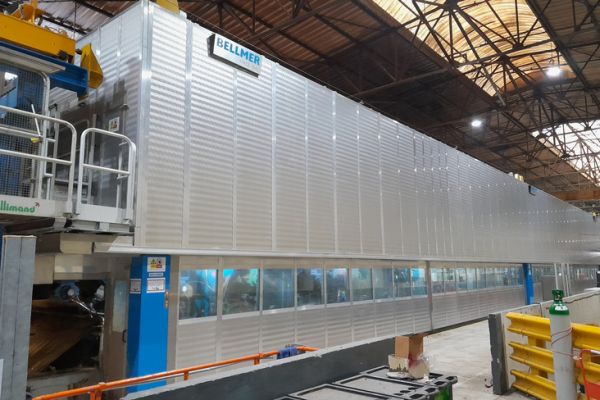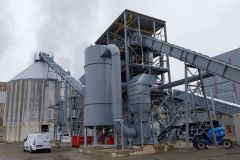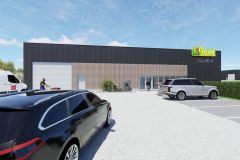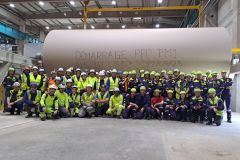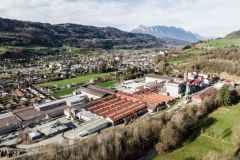The paper industry continues its efforts to reduce its environmental footprint. British paper and packaging manufacturer DS Smith has just completed a major project at its Contoire-Hamel site, in the Somme region, to optimize energy consumption and limit CO2 emissions at the corrugated base paper (CBP) plant.
5,000 tonnes less CO2 per year
The 4.5 million euro project involved the installation of a new dryer hood and an energy recovery tower equipped with three successive heat exchangers. This technology enables efficient heat recovery, resulting in a 20% reduction in gas consumption (28 GWh per year, equivalent to the consumption of a cardboard mill).
The environmental impact is significant: 5,000 tonnes less CO2 every year, a key element in DS Smith's trajectory towards carbon neutrality by 2050.
In addition to energy savings, the project brings benefits in terms of water management. The energy recovery tower recovers around 140 m3 of condensation water per day, limiting the need for fresh water and helping to preserve water resources.
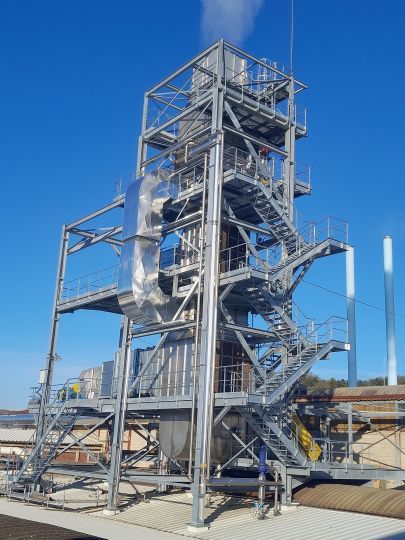
An 8 p.m. a day site mobilizing 150 people
Modernization of the plant necessitated the temporary shutdown of production between October 7 and 23, 2024. The work involved up to 150 people from a variety of trades, including carpenters, automation specialists, electronics engineers, pipe fitters, insulators and boilermakers. The organization of the site, with teams operating 20 hours a day, limited the impact on production.
This work continues the efforts already undertaken at the site, notably with the installation of a co-generation station and a biogas boiler. By renewing its equipment and integrating energy recovery solutions, DS Smith is not only optimizing its manufacturing processes, but also making its Contoire-Hamel site part of a more sustainable approach.
